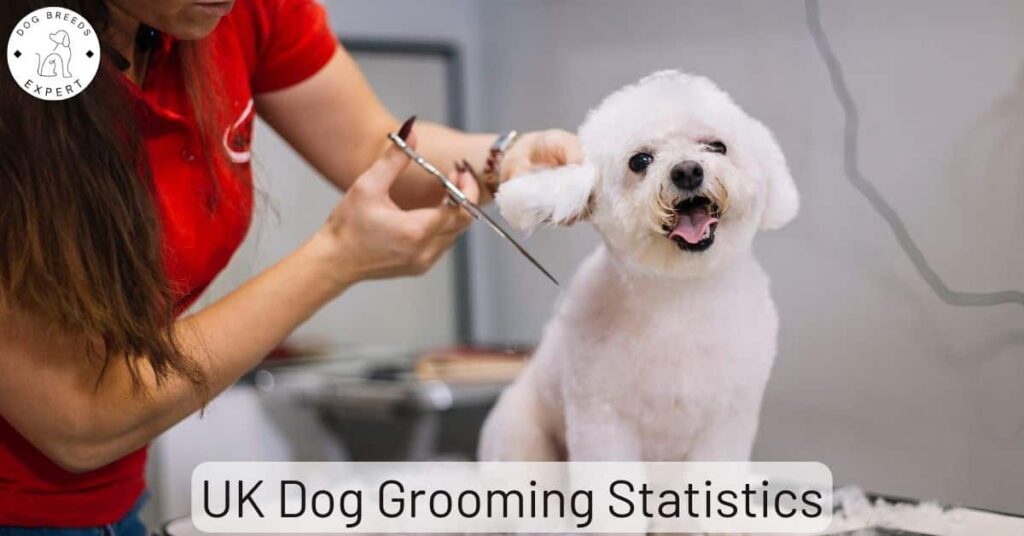What do some of the common dog behaviors actually mean?
Every dog owner will tell you that their canine has a unique personality. And they’ll be right. Every dog does have a unique set of traits and interests that makes it stand out from the rest.
However, just like all humans frown when they are angry or smile when they are happy, there are certain dog behaviors that are universal to all of them, regardless of their personality.
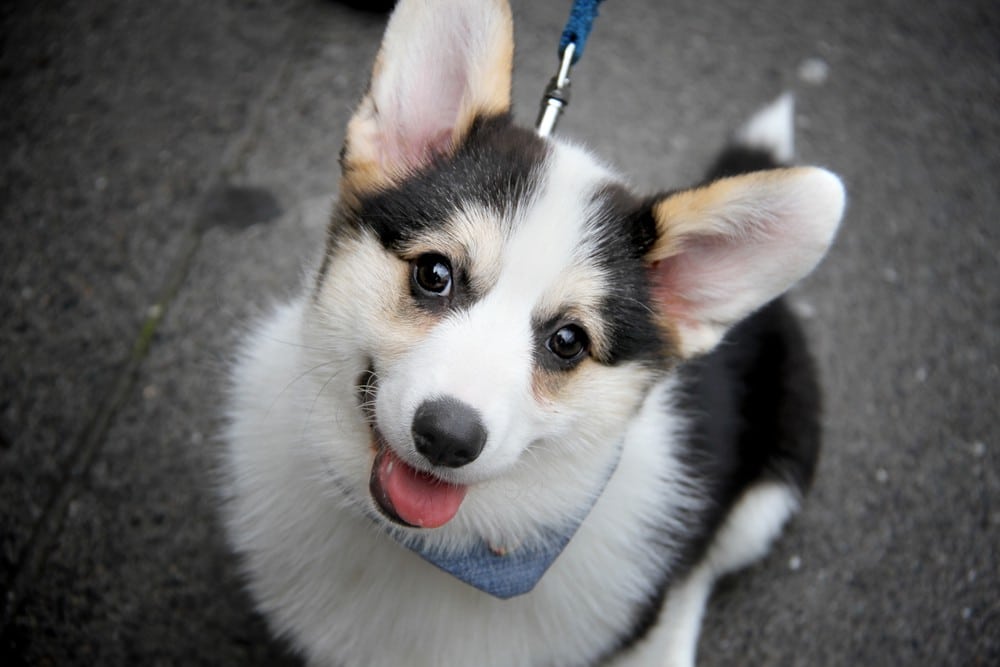
Here is a list of some of the most common dog behaviors, and what they actually mean. Hopefully, they will help you better understand your dog and how they are feeling in the future, and enable you to identify what other dogs are trying to tell you.
Tilting their head
The head tilt, one of the most beloved dog poses, serves a dual purpose – to improve either their hearing, vision or both, and to express focus and attentiveness.
Unlike humans, dogs are not able to detect sounds from all directions. To pick up sounds that are coming from the front, they have to tilt their heads. Also, certain dogs, typically ones with bigger muzzles, resort to tilting to better see things that are in front of them.

In their communication with humans, all dogs are known to tilt their heads, partly to improve their hearing and visual perspective, and partly because it is their way of showing that they are engaged and focused on what we are saying. Dogs that are more social than others resort to head tilting more frequently, in order to encourage communication and human interaction.
So when you next start talking about walkies and your dog tilts their head in appreciation, know that they are keen on going for that walk too.
Staring at you (or another dog)
Generally, dogs are prone to staring at their owners. For them, it is a way of communication, a way of attracting attention, like a tap on the shoulder, if you will. A stare can however mean different things depending on the context.
For example, by staring at people who are eating, a dog might indicate that it wants some food, too; if a dog is waiting in front of a door and is staring at you, it might mean that it is time for a potty break, etc. When they are not asking for anything in particular, a dog’s stare is usually just an expression of love and affection.
If a dog is staring at another dog, it is usually to establish dominance and it will be accompanied by other gestures as well. Since experts agree that this is a dangerous game, it should be discouraged if it happens. Even if one dog is not playing the game of dominance, the other might feel threatened anyway.
Baring their teeth
More often than not, seeing a dog with its teeth bared is a scary image. And it is not coincidental.
Instinctively, we know to stay away from such dogs. We perceive it as a warning, which it really is, provided it is accompanied by other threatening body language signs – a tense posture and aggressive growling.
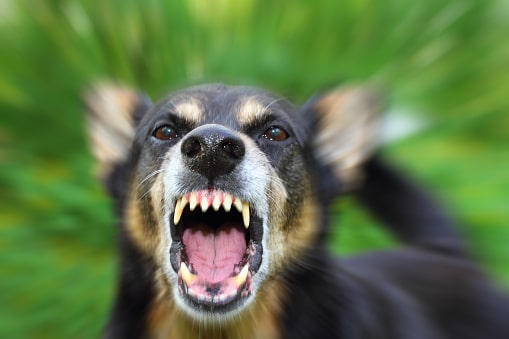
Teeth baring that is not accompanied by such threatening gestures, on the other hand, can show submission or a sign of respect – dogs may bare their teeth while smiling but their bodies will be relaxed instead of tense in such situations. Also, during play with other dogs, teeth baring is quite common, but once again, such play will be relaxed and accompanied by playful growls.
Chasing their tail
Seeing a dog chase its tail is not an uncommon sight, especially in puppies that are still learning about themselves and exploring the world. Even though it may look silly to us, this type of play has some benefits, not only for puppies but also for adult dogs. It provides entertainment as well as physical exertion.
Experts claim that tail chasing is perfectly normal but only if done on occasion. If a dog seems to practice this quite frequently, or if it seems obsessed with it, it could be a sign of OCD or may lead to this disorder in the near future, in which case, you should see a vet.
Showing their belly
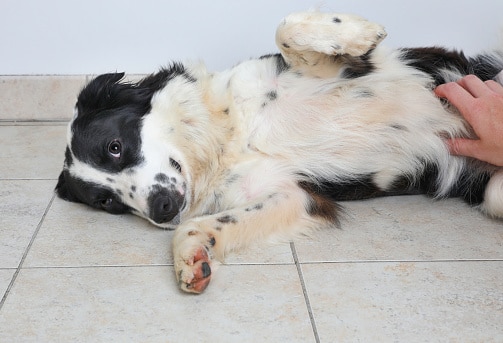
By rolling over on their back and showing their belly, dogs are expressing that they trust you. It is a sign of submission and a call for some gentle rubbing of the belly.
Don’t try to force your dog into this position though, especially if you are around others they may not trust as much. Only reward it when they have thrown up their belly themselves.
Humping someone’s leg
Contrary to what it looks like, dog humping is usually not sexually motivated behavior. Most frequently, for dogs, it is a game of dominance, which they play for various reasons. They might be stressed or over-stimulated or they might be bored and seeking attention.
Rarely, it can be a sign of a medical problem, either an infection, irritation or prostate problems if the dog is male. In such cases, there will be other warning signs, signaling that medical help is needed.
Sniffing a dog’s butt
It is no secret that dogs have a keen sense of smell. They use it as an assessment tool in the presence of other canines. Since each dog has a unique scent, the concentration of which is the highest at its backside, sniffing each other’s rear ends is the best way for them to determine if they already know each other or if they are meeting for the first time.
If your dog is off sniffing someone else’s dog’s butt, don’t try to prevent them. Consider it a handshake among dogs, and let them do it, as long as they are friendly.
Final thoughts
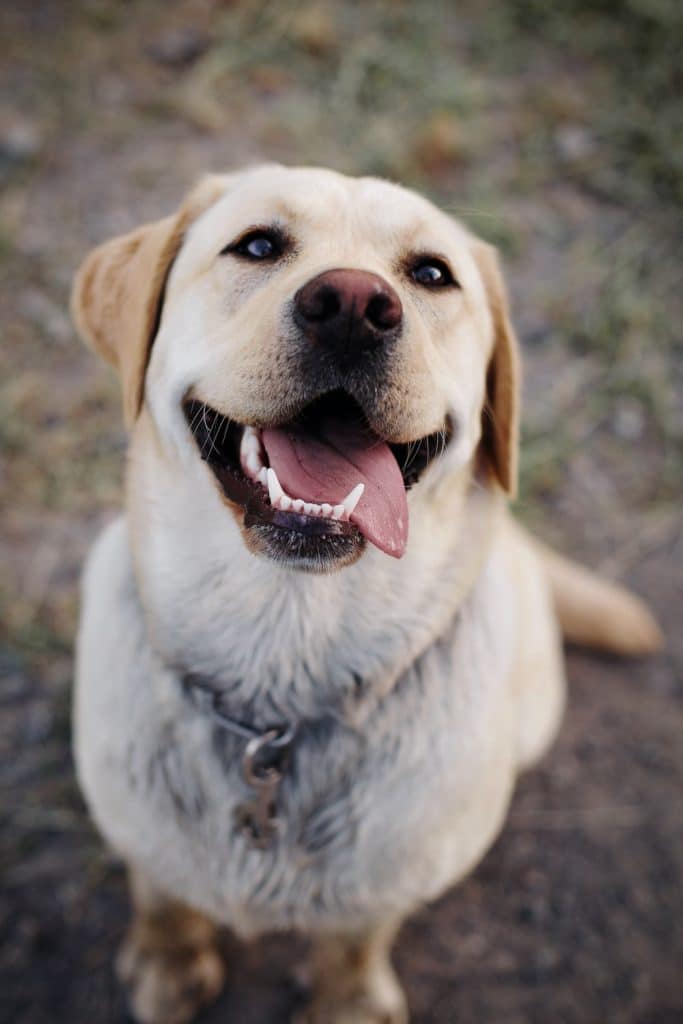
Hopefully this very crash course in canine psychology helps you interpret your dog’s behavior better in future, enabling you to respond adequately, making them even happier and more confident in your presence.
Author Bio
About the Author: Julia is the dog mom of two Chocolate Labs and the human mum of two girls. A cat of unidentified origin is also a part of the pack. As is of course her husband. She writes for Dogs Planet, sharing her passion for all things canine and Corgi.

